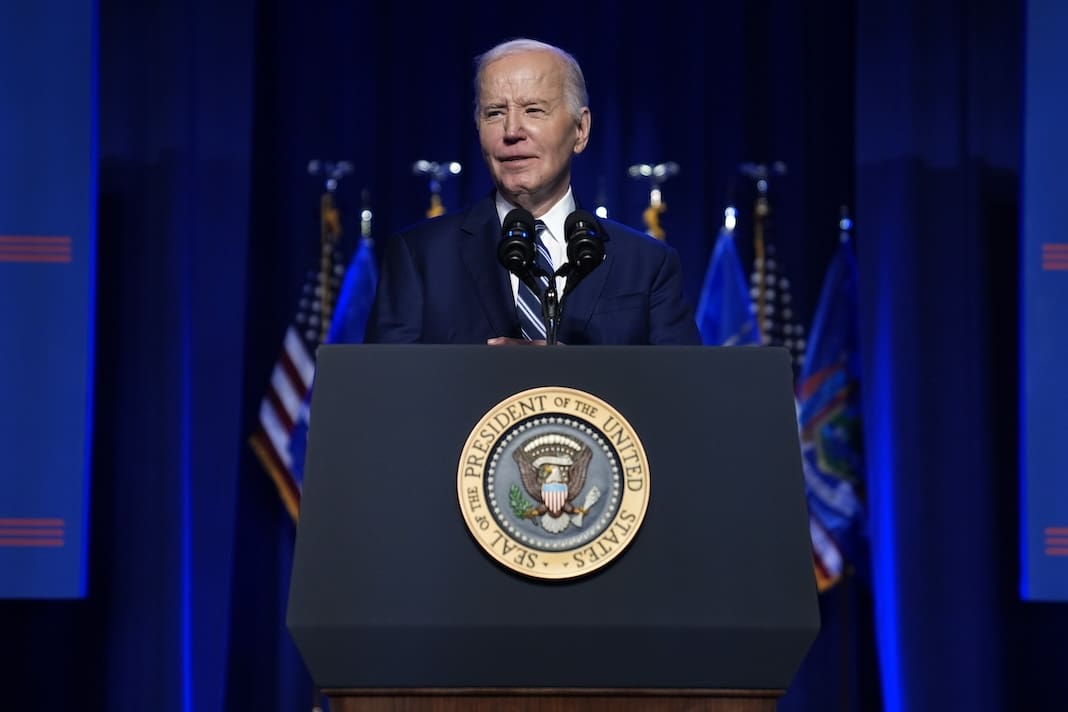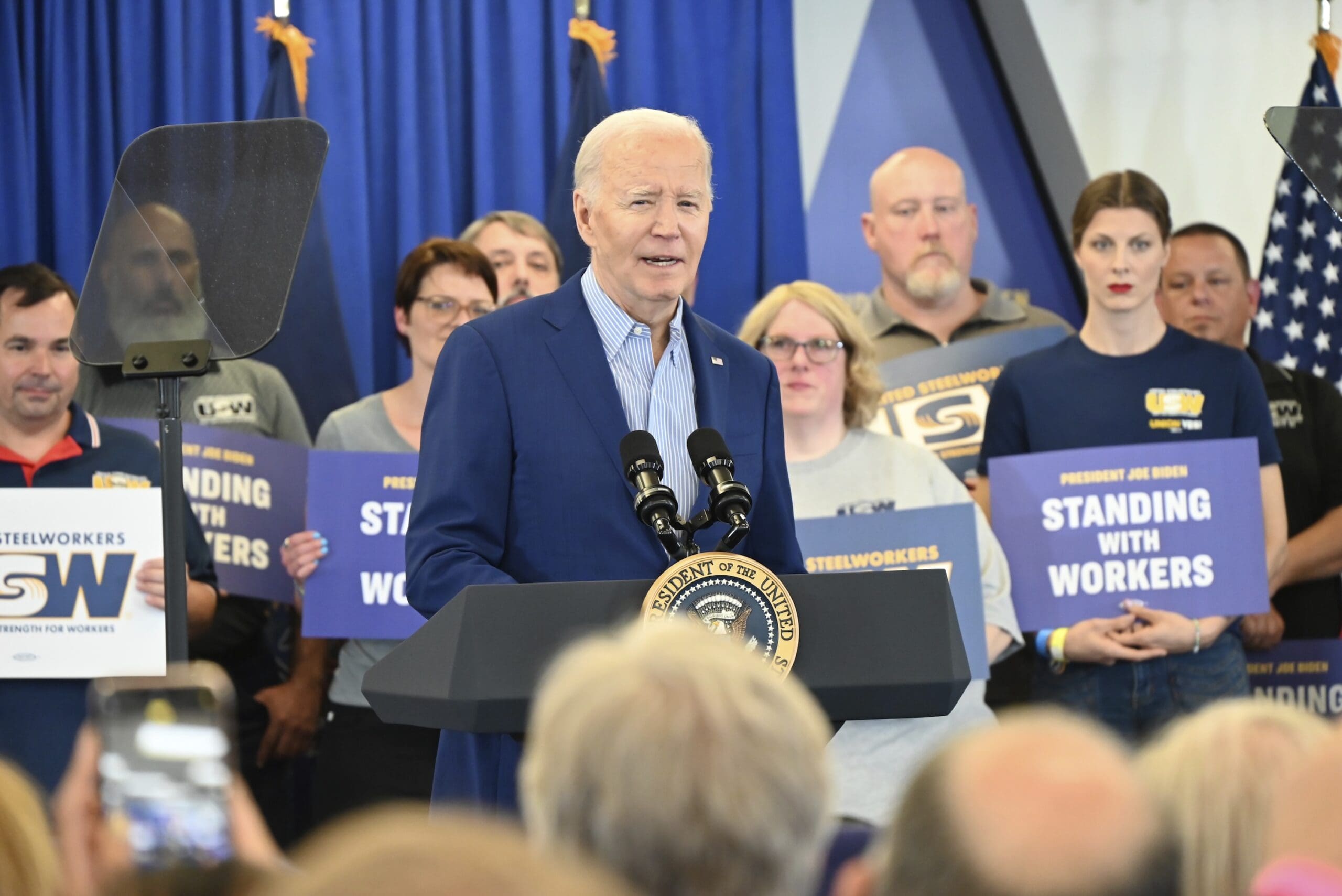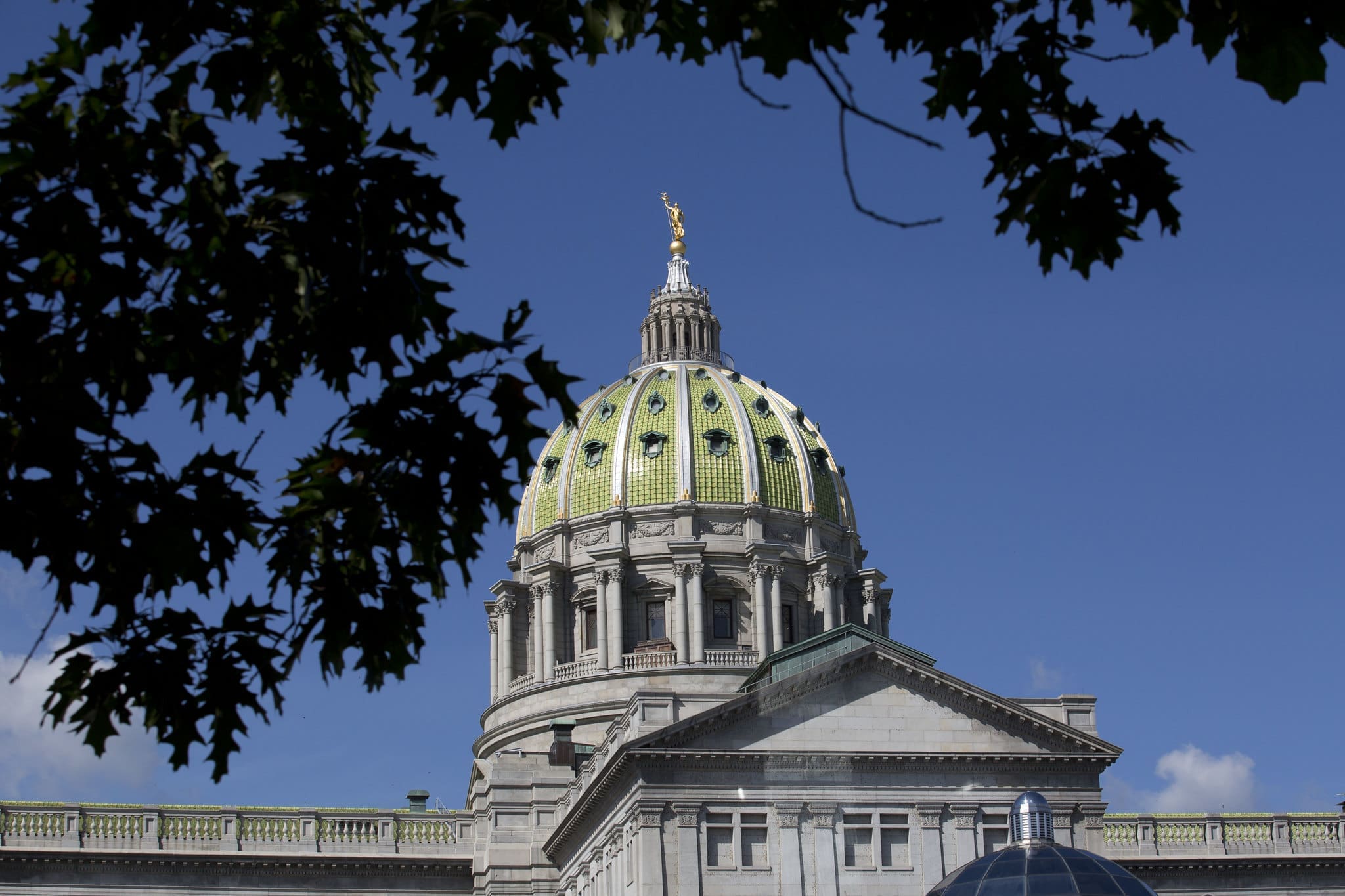Gov. Shapiro pushes for increased investment in higher education
The governor spoke about the need for more public education funding at a press conference at West Chester University on March 7.

Pennsylvania Gov. Josh Shapiro was at West Chester University near Philadelphia on Thursday, March 7, to make the case for his “blueprint for higher education.”
With other officials present, including state Department of Education Deputy Secretary Kate Shaw and Democratic state Rep. Chris Pielli, Shapiro touted his historic proposed investments in higher education.
Pennsylvania, Shapiro noted, currently ranks 49th in the United States in investment in higher education and 48th in affordability.
“On that list, we’re at the bottom, and we need to be at the top,” Shapiro said. “I am competitive as hell. And I want Pennsylvania to win at everything. And right now, we are not winning when it comes to higher education, being 49th. That should be unacceptable to everyone, Republican and Democrat.”
The blueprint for higher education, which Shapiro’s office released in January, calls for three new initiatives: creating a higher education governance system uniting state universities and community colleges, increasing access to education and affordability for Pennsylvania students, and establishing a transparent and performance-based funding formula for state higher education institutions.
A key goal is to significantly cut the amount that low- and middle-income students pay in tuition and fees, Shapiro said both in the announcement of his blueprint and at West Chester University.
“If you pass my plan, over the next five years, we will go from 49th in the nation to 22nd in the nation, and no student will have to go to a Pennsylvania college or university, making median income or less, and spend any more than $1,000 per semester to attend that Pennsylvania college or university,” Shapiro said. “This is real stuff, investing in the institutions, investing in our students, climbing from the bottom of the pack and moving our way up at a time where we have to invest, at a time where we have to have vision and be bold.”
Shapiro recently pushed for historic increases in funding for K-12 education during his February address on his proposed 2024-25 fiscal year budget. The governor noted that even with his proposals, Pennsylvania would still be left with a sizable $11 billion budget surplus.
With the surplus and with growing workforce needs, Shapiro said, it’s clearly necessary for Pennsylvania to invest more in its public higher education system.
“Right now, there are 61,000 more jobs available in Pennsylvania that require some sort of degree or credential than we have workers to fill that gap,” Shapiro said. “Think about that. And we’re at the lowest unemployment in years. We have a responsibility to fill that gap.”
He called on lawmakers from both parties in the Pennsylvania General Assembly to fund his higher education priorities.
“We have a surplus. We have real need,” Shapiro said. “We’ve got workforce challenges, we got higher ed challenges, now is the moment for us to come together, Democrat and Republican alike, and do something bold here in Pennsylvania.”




